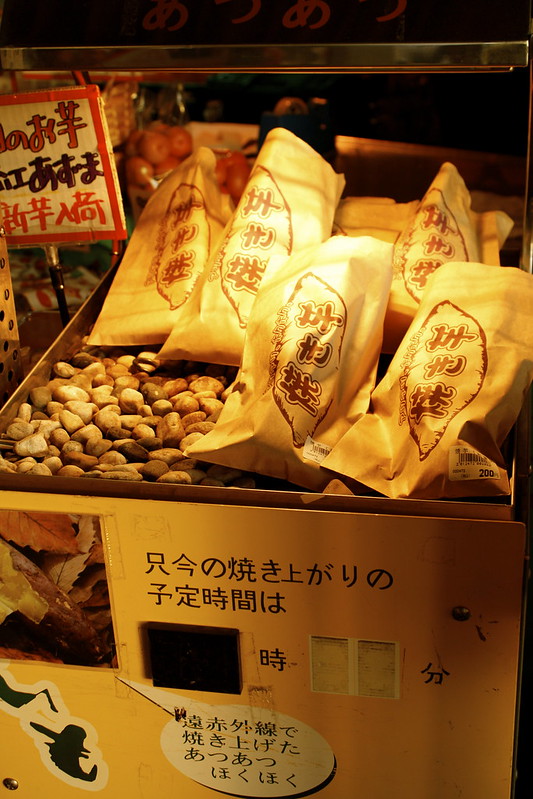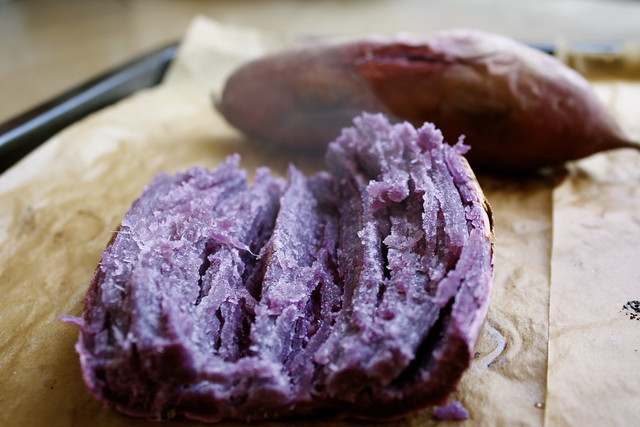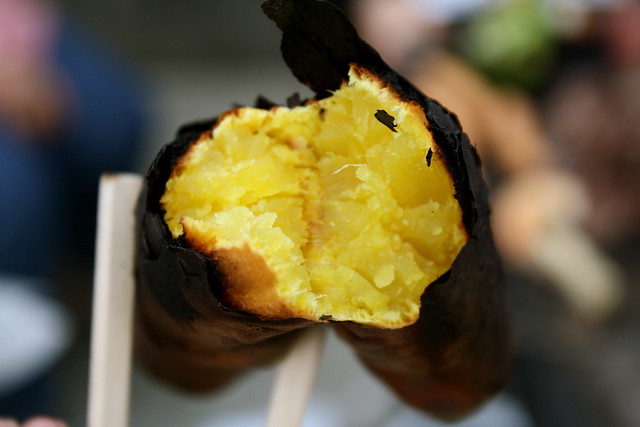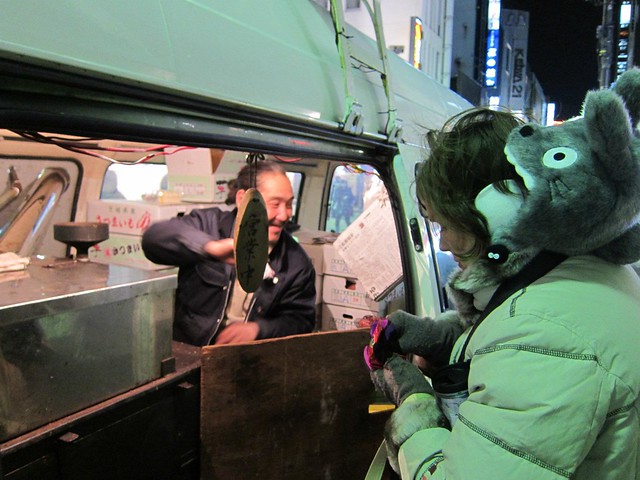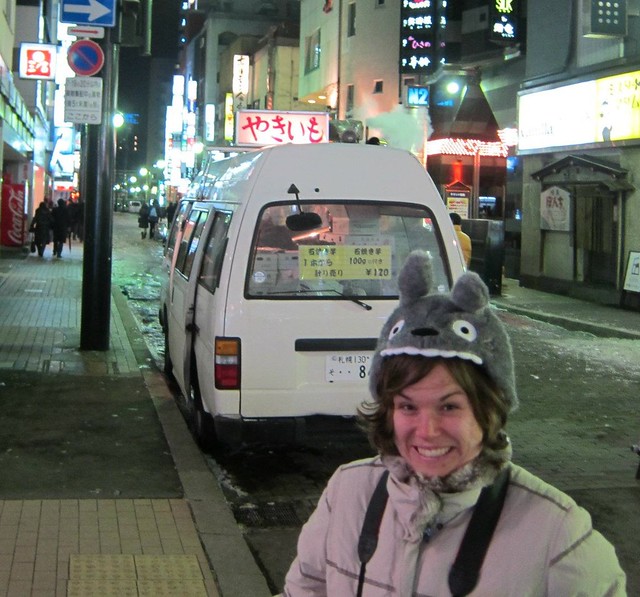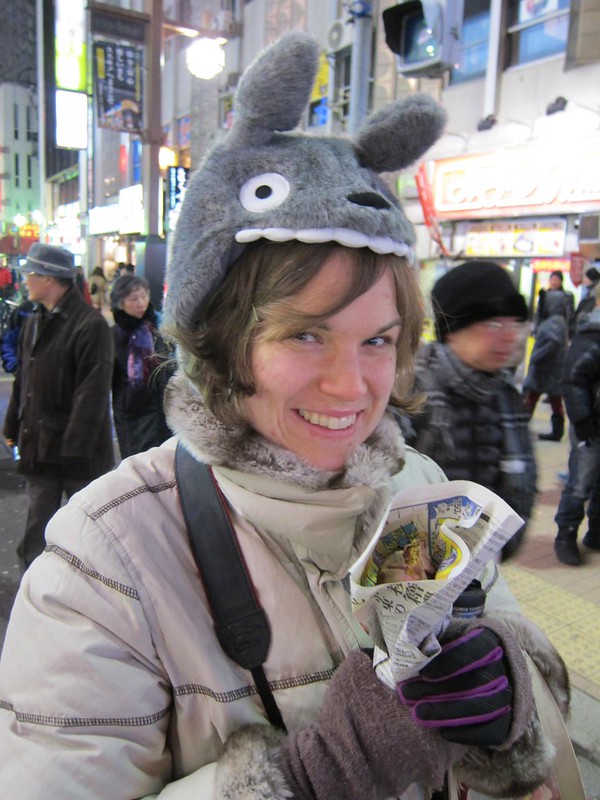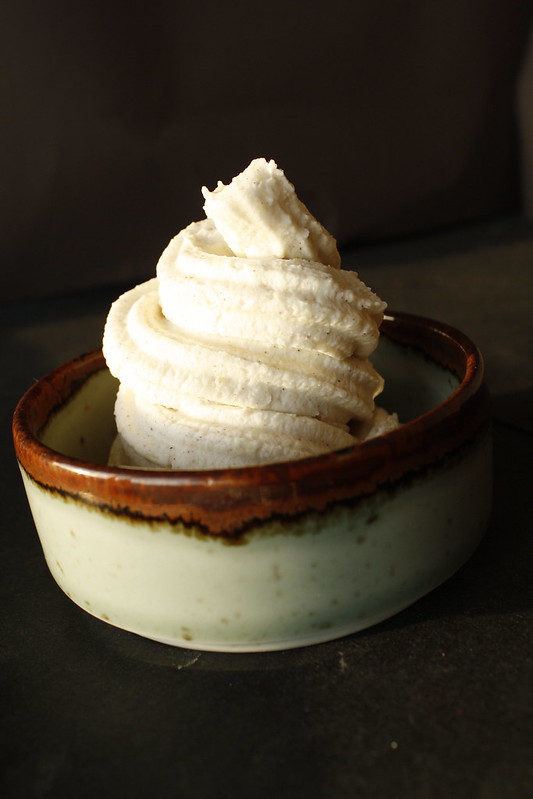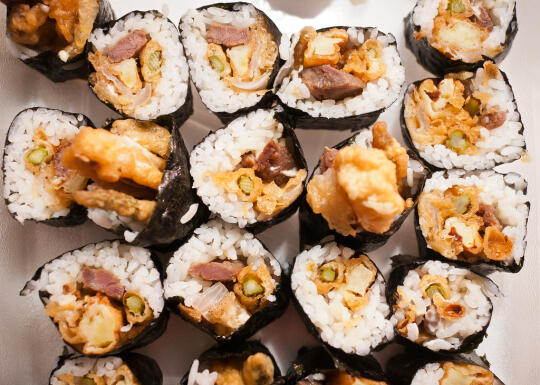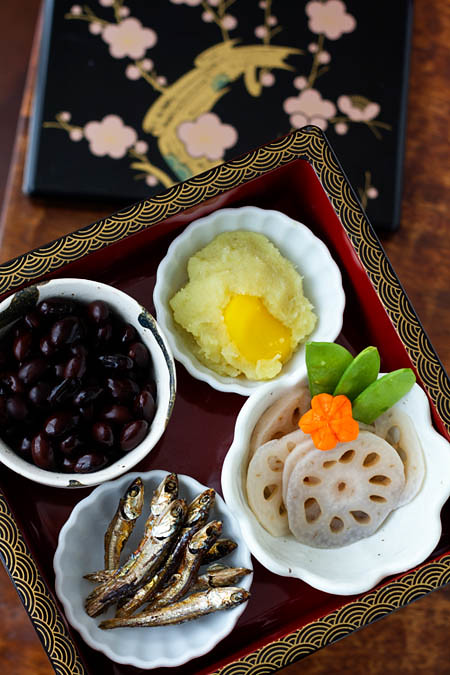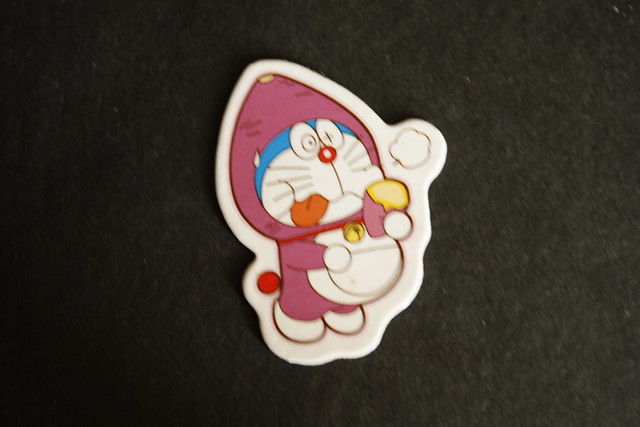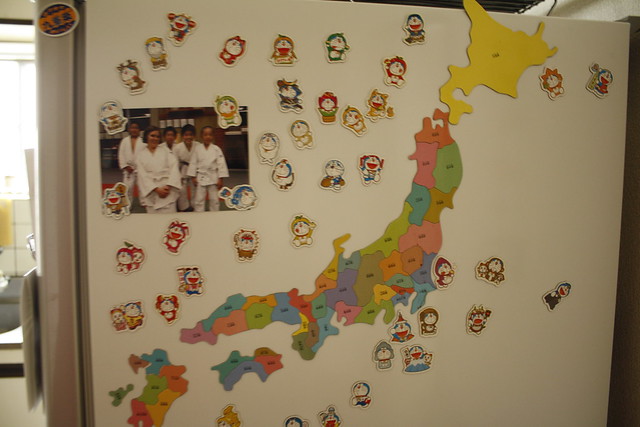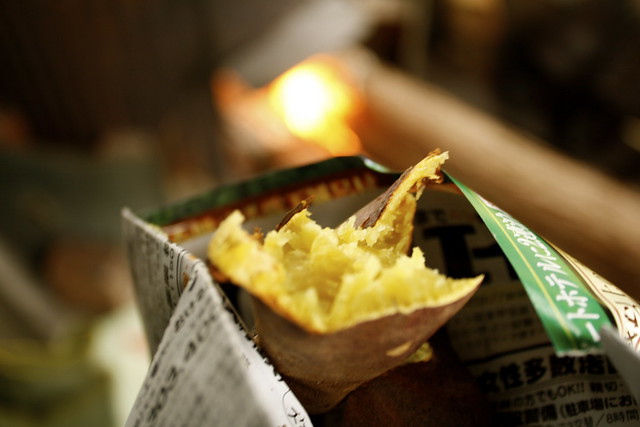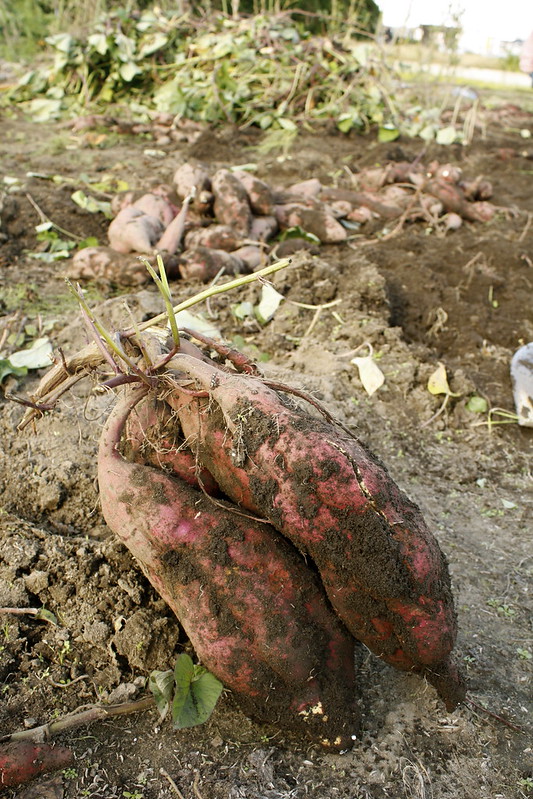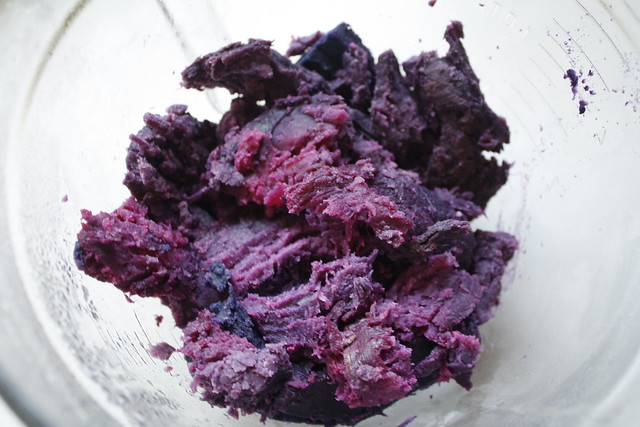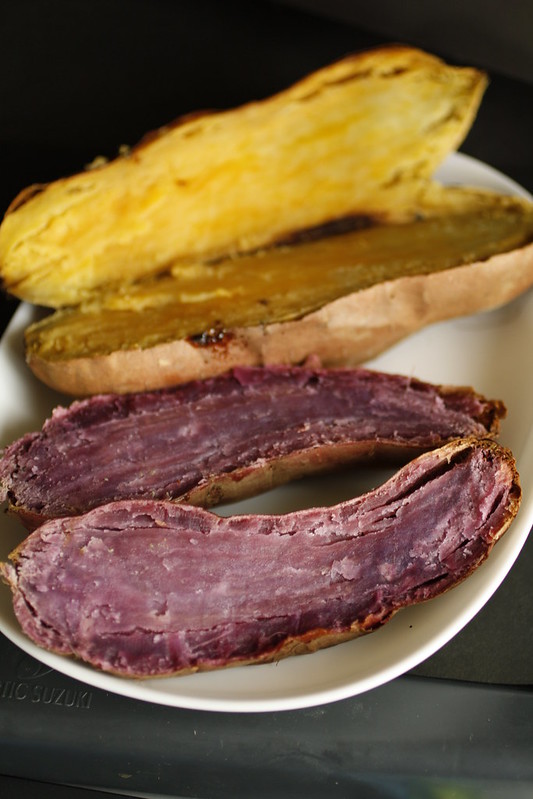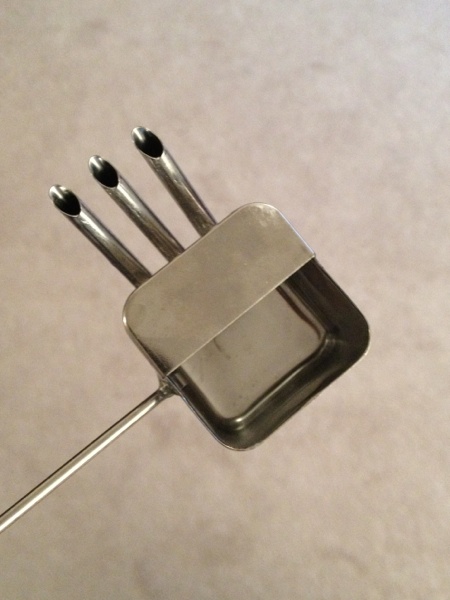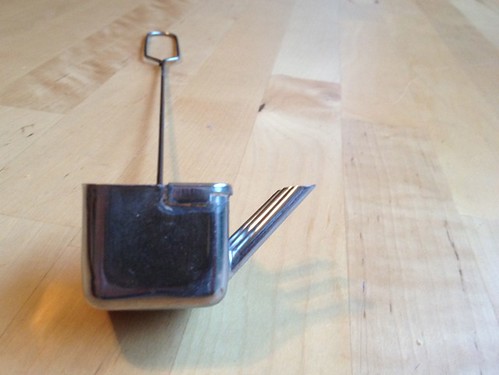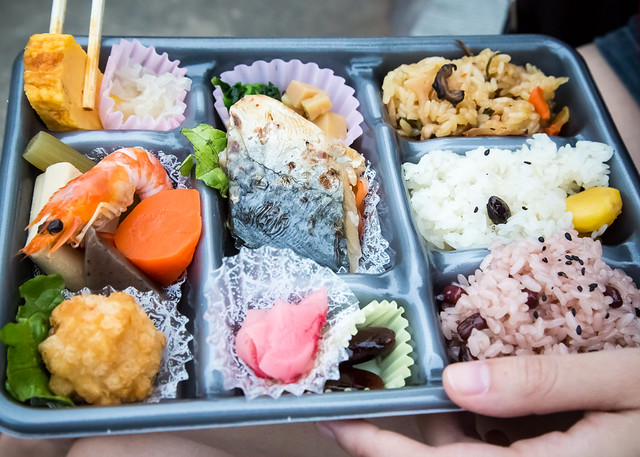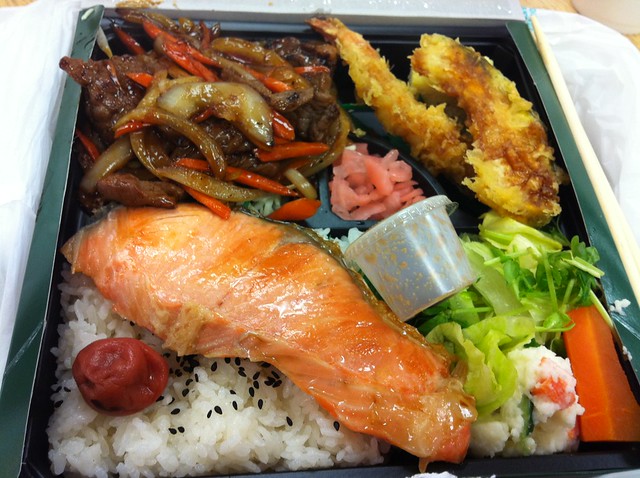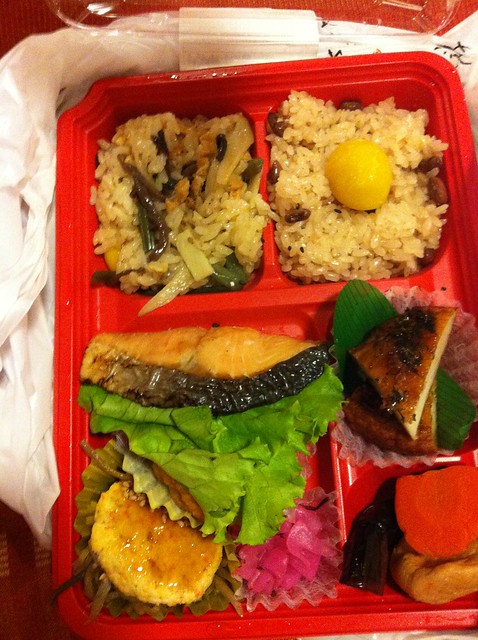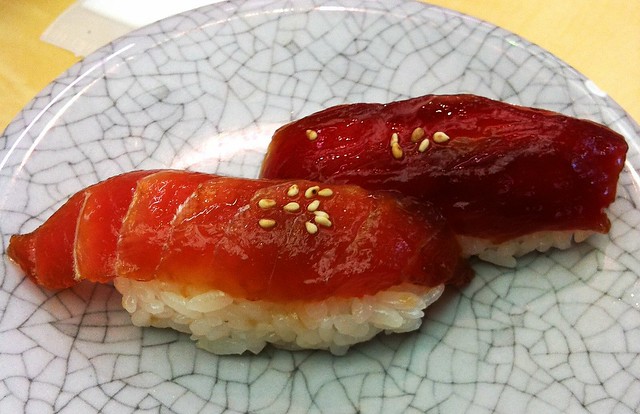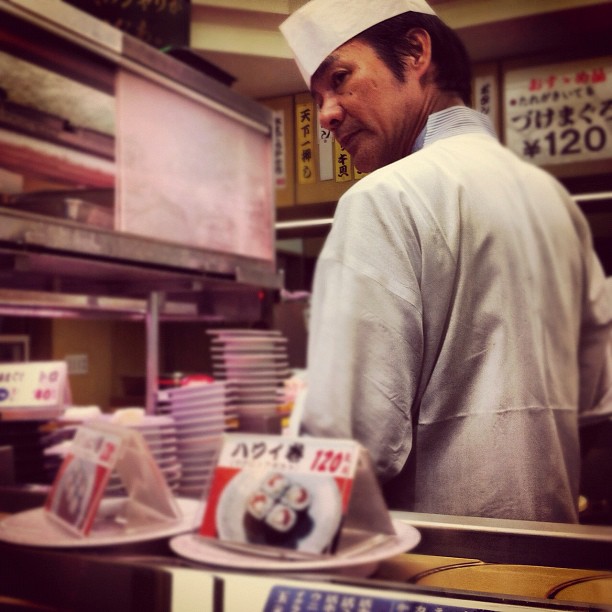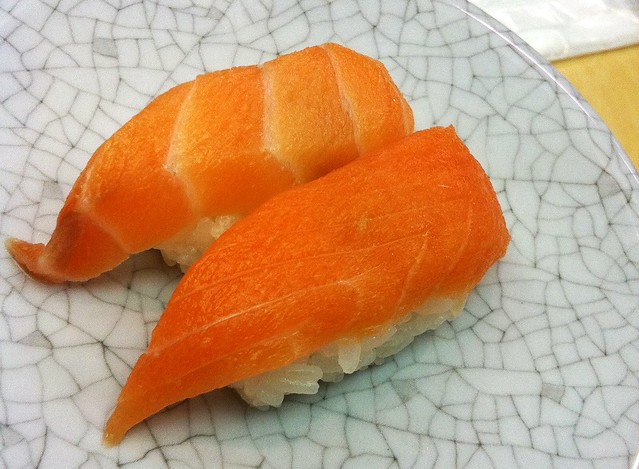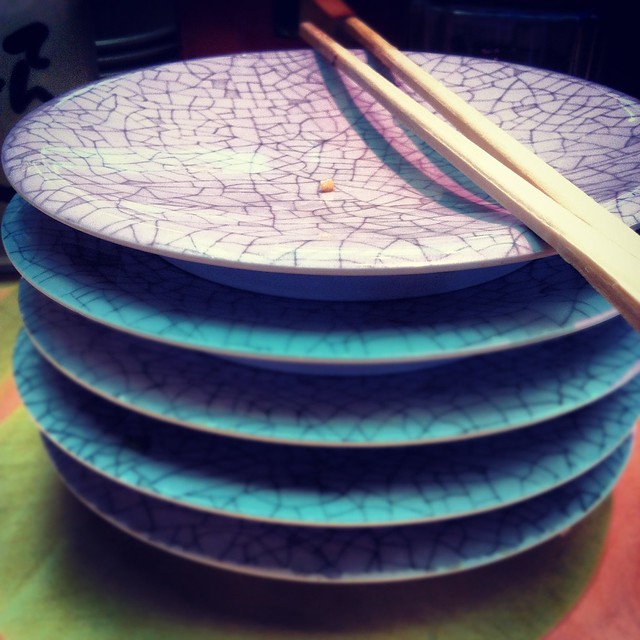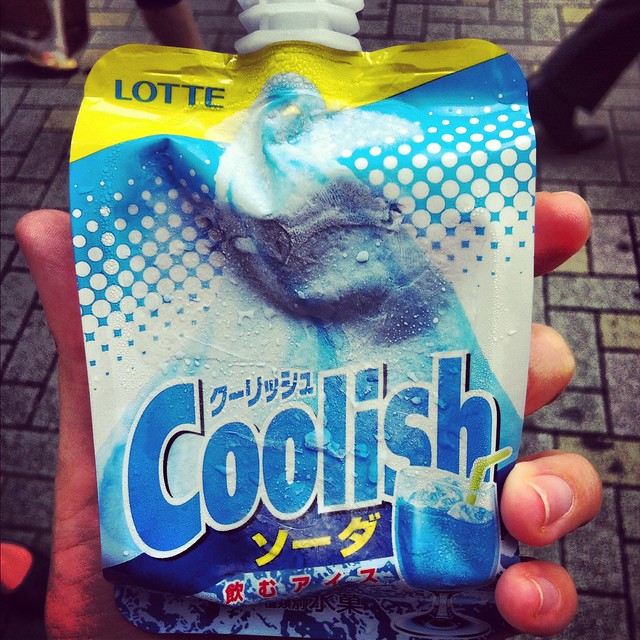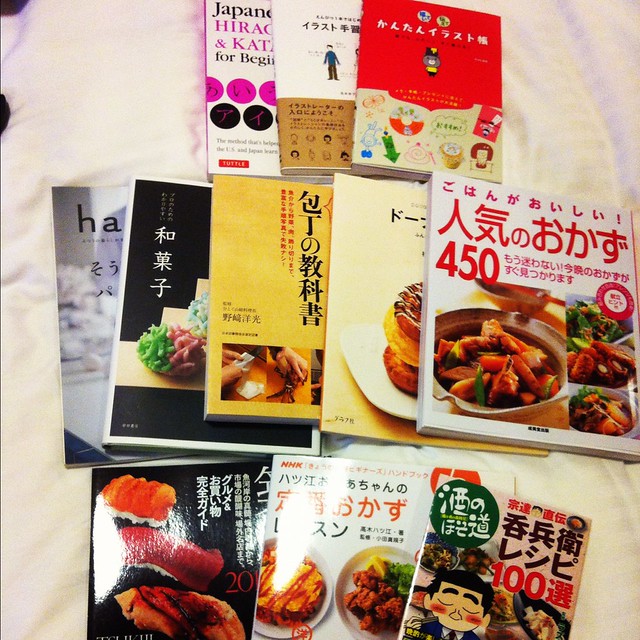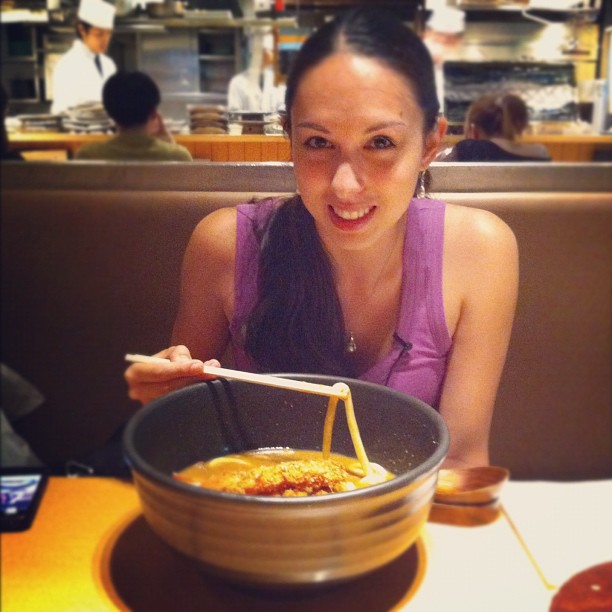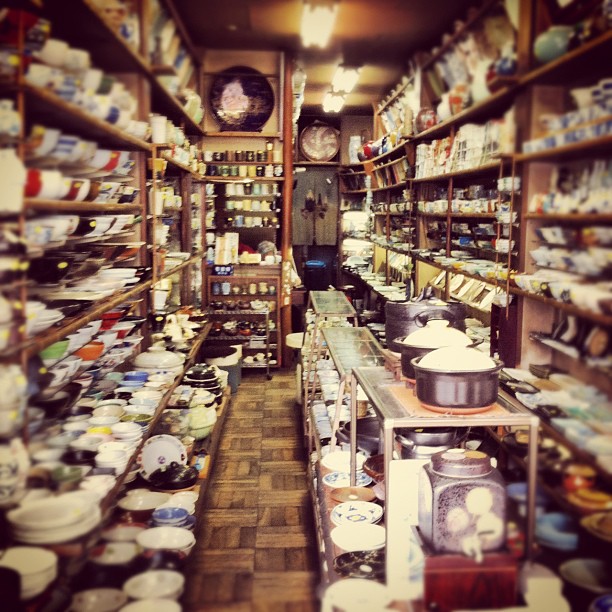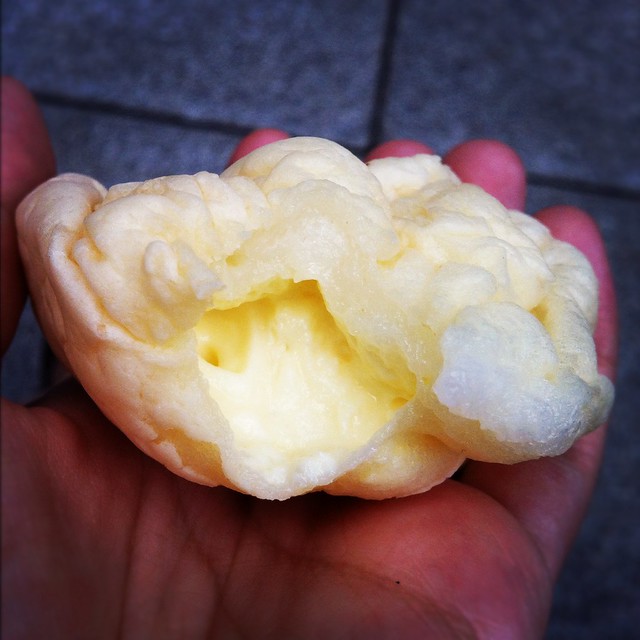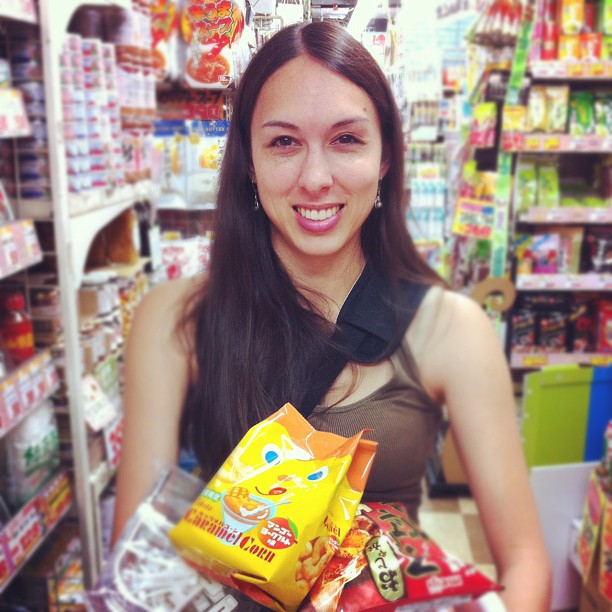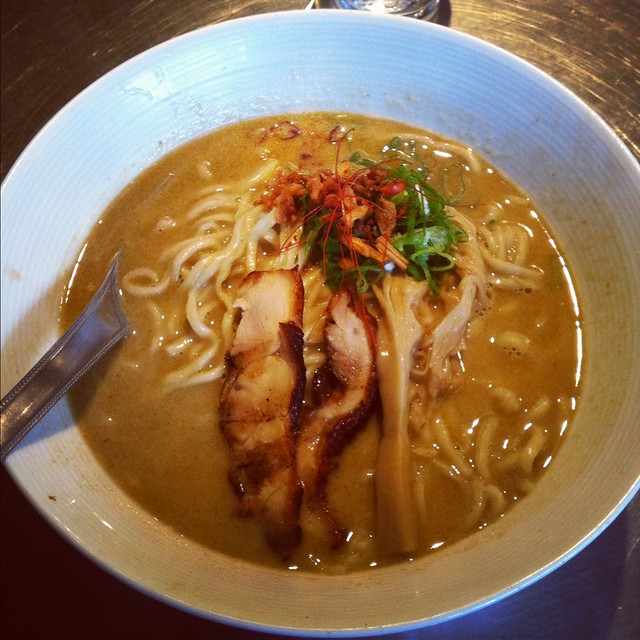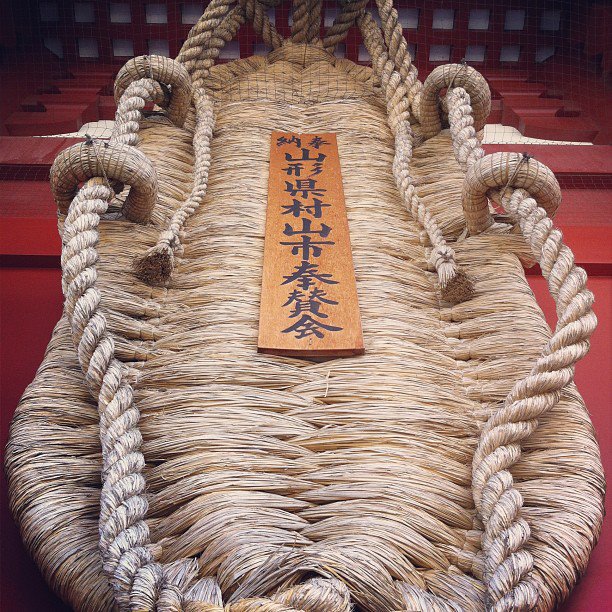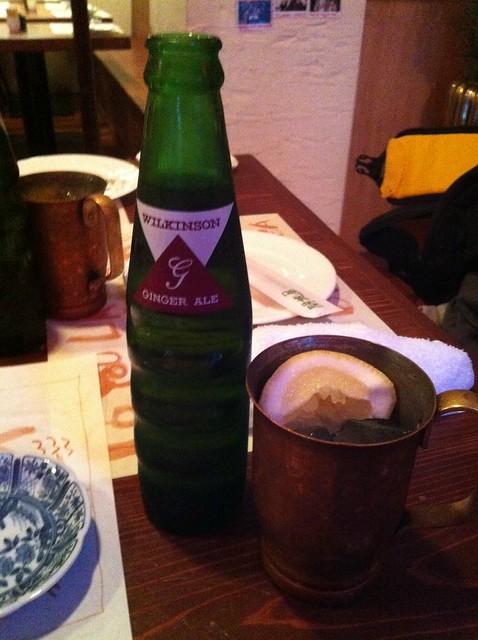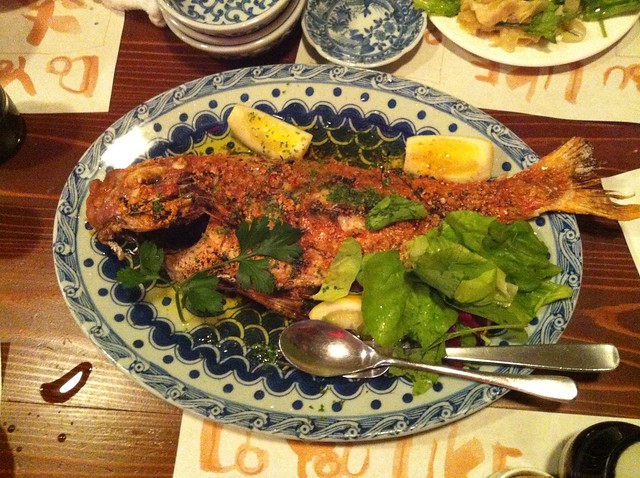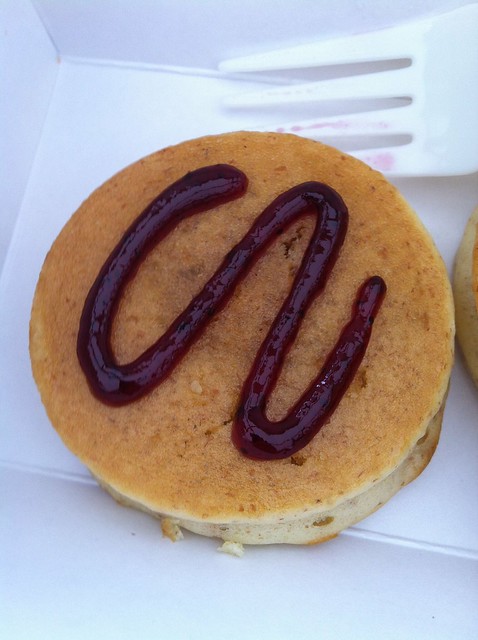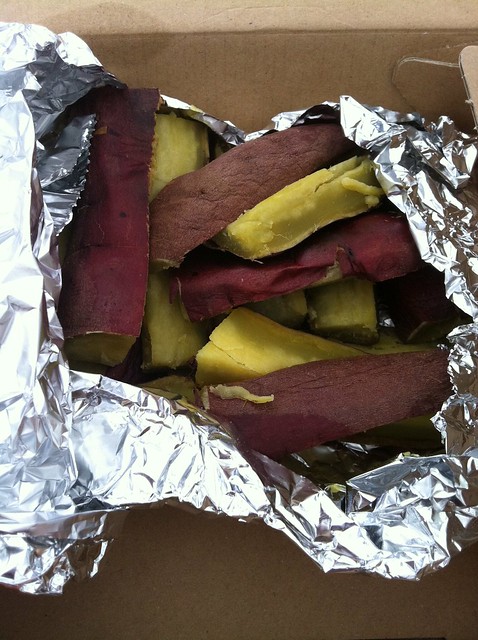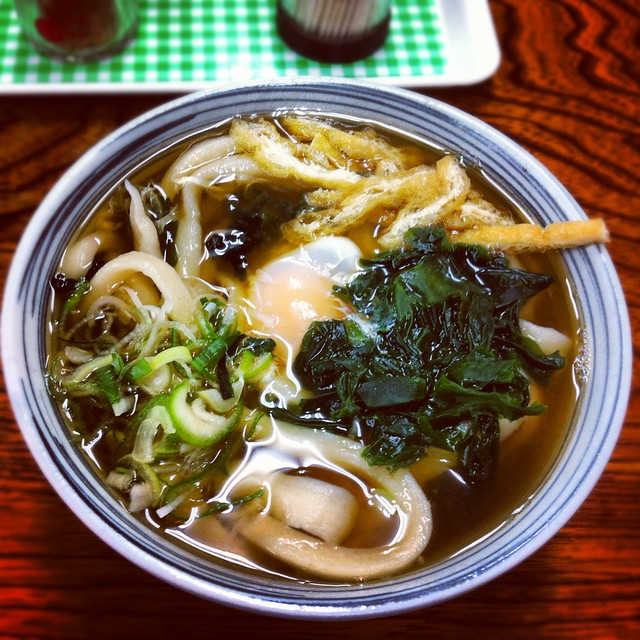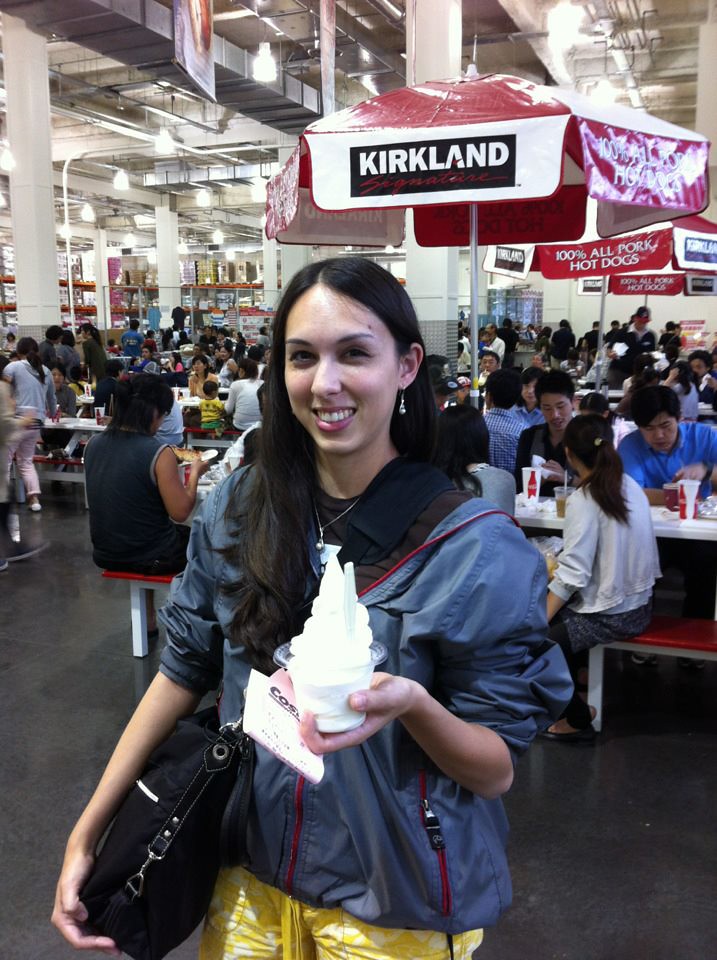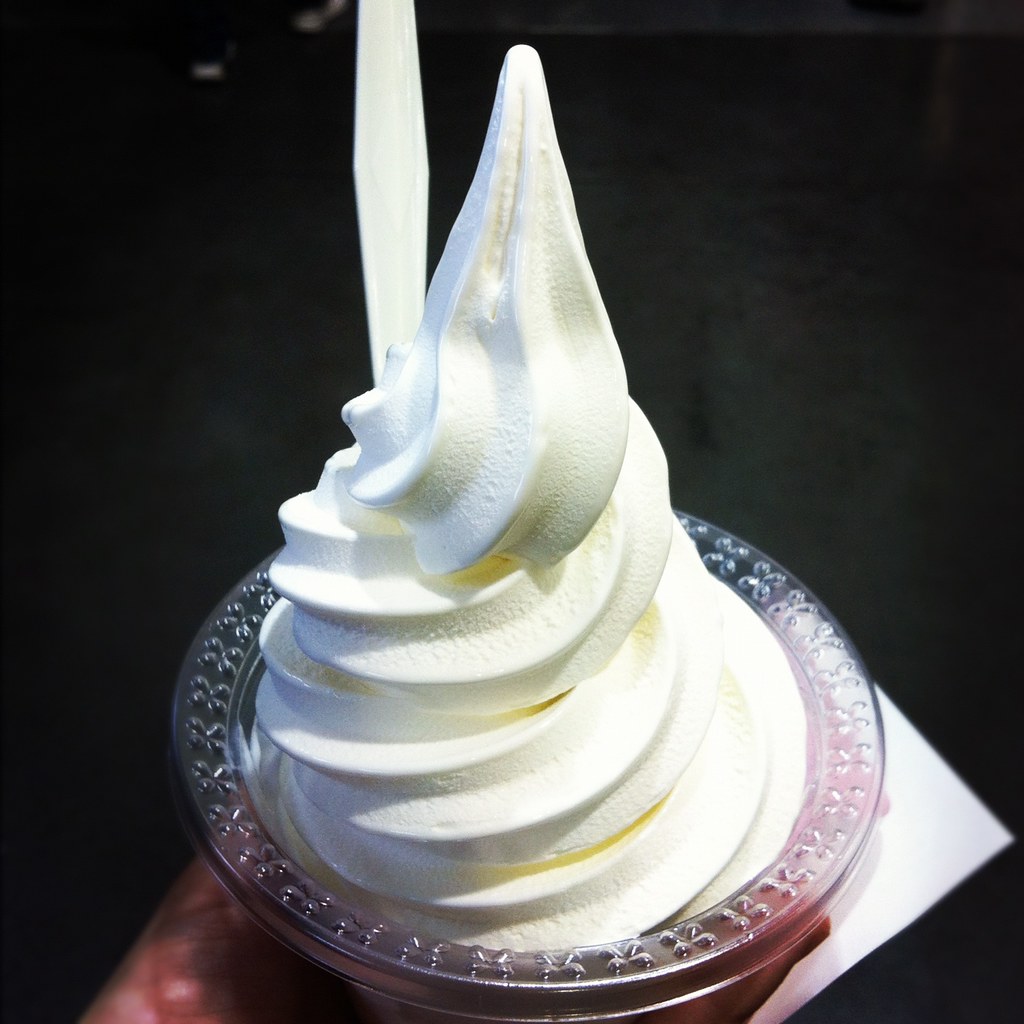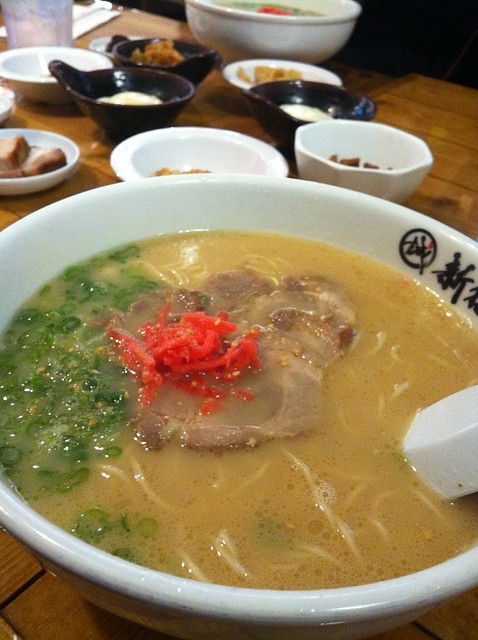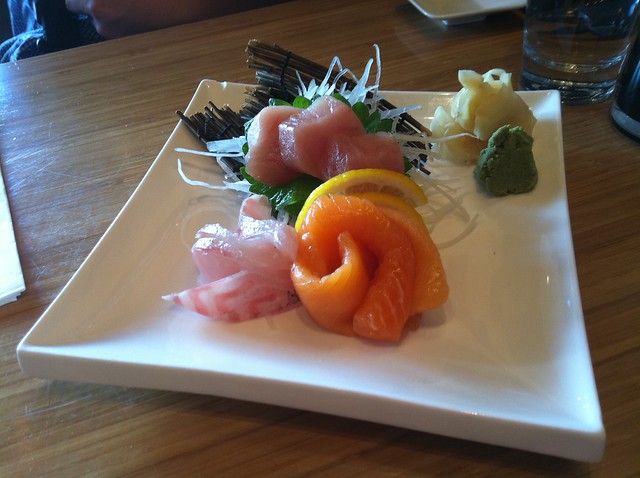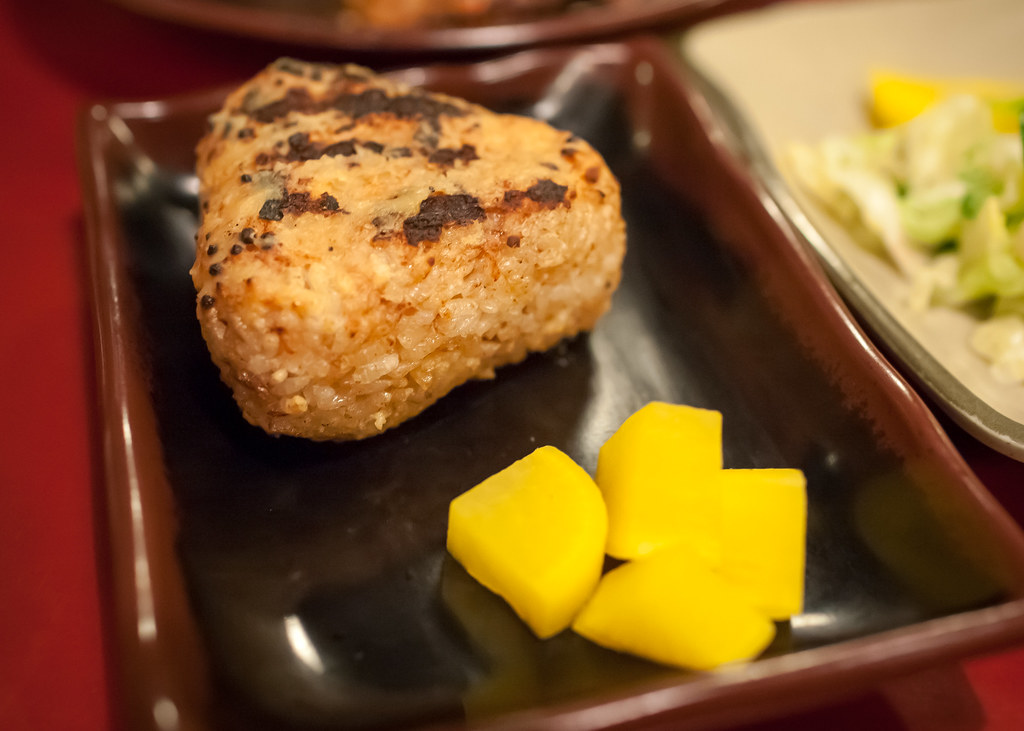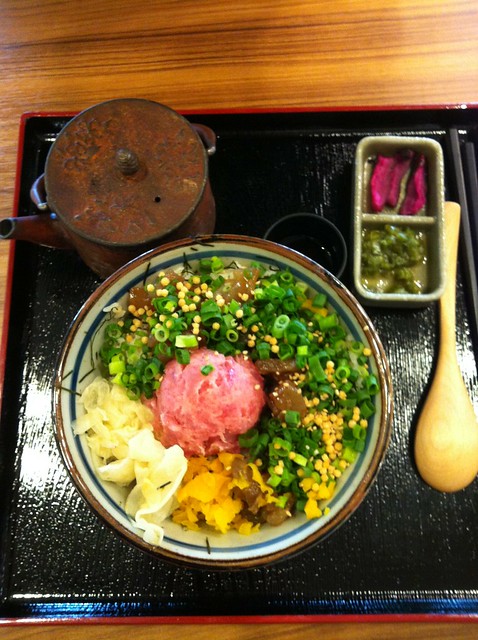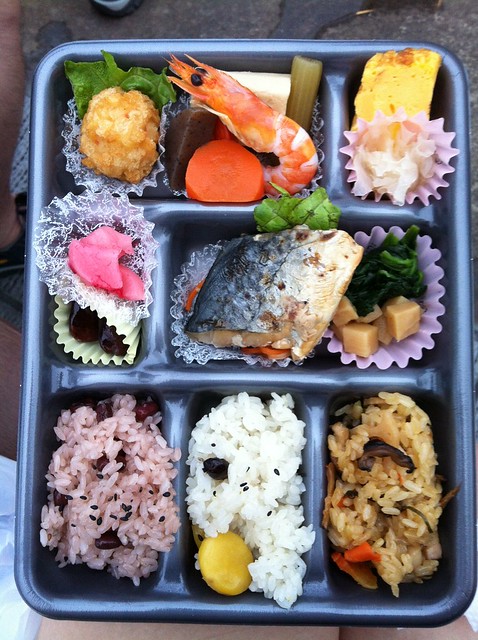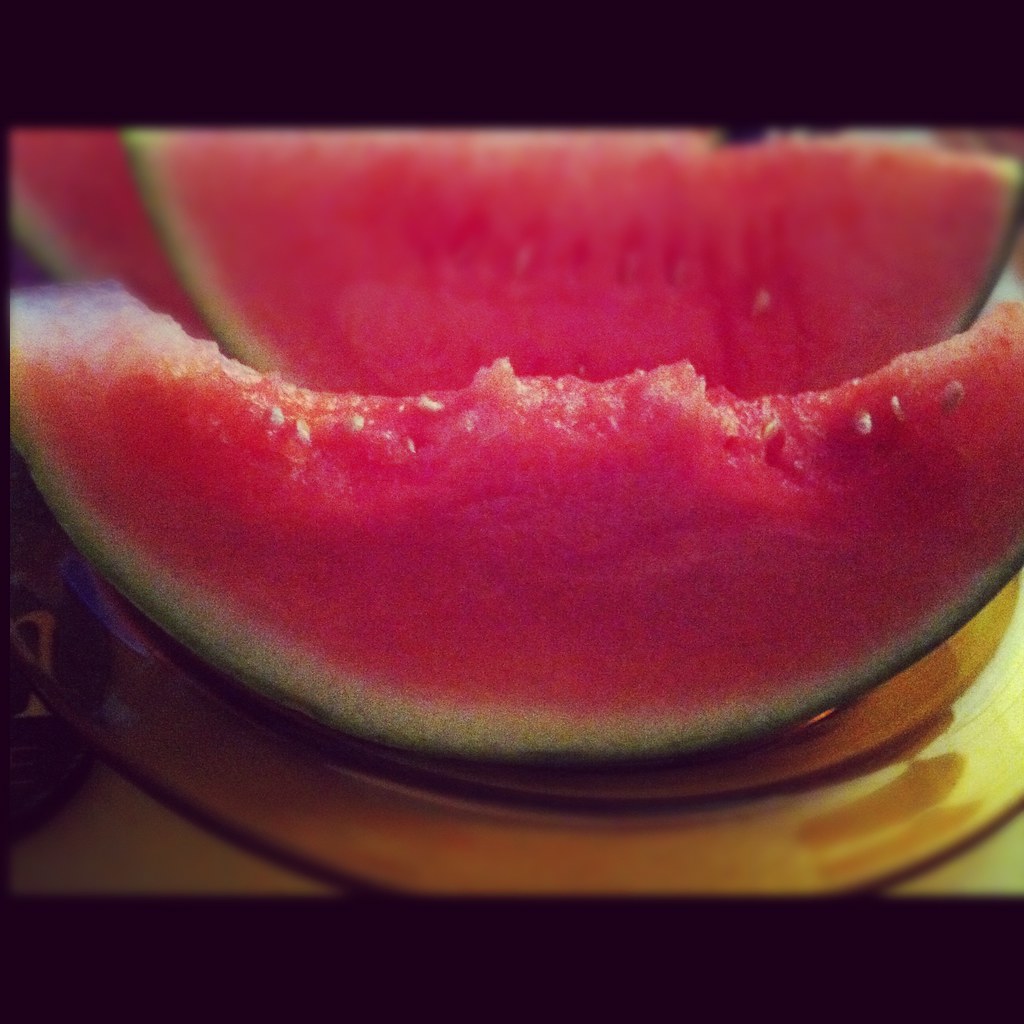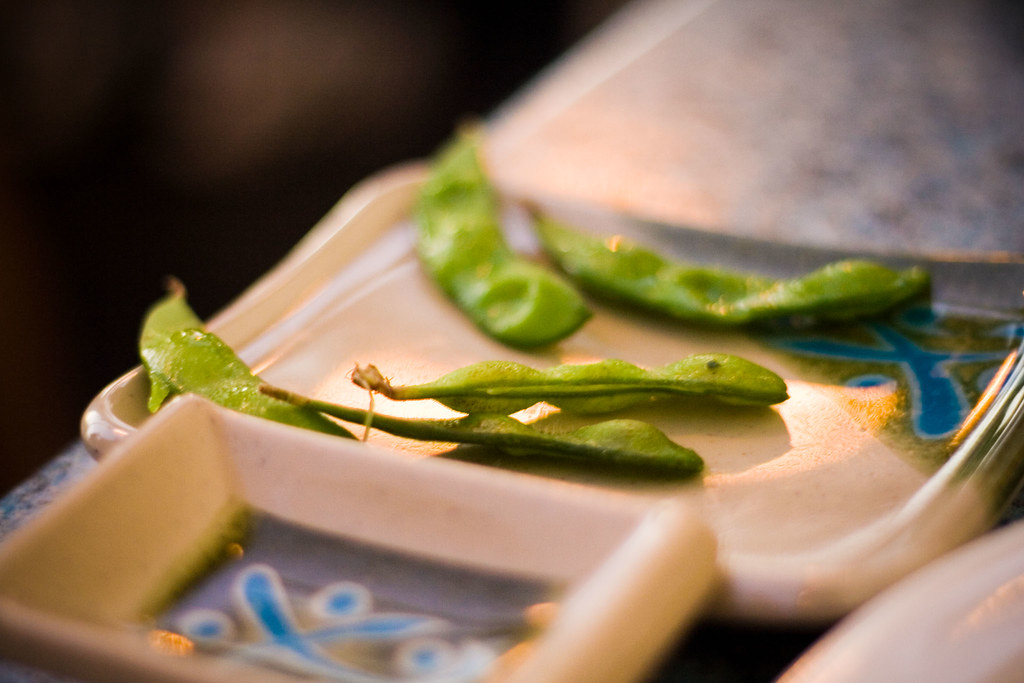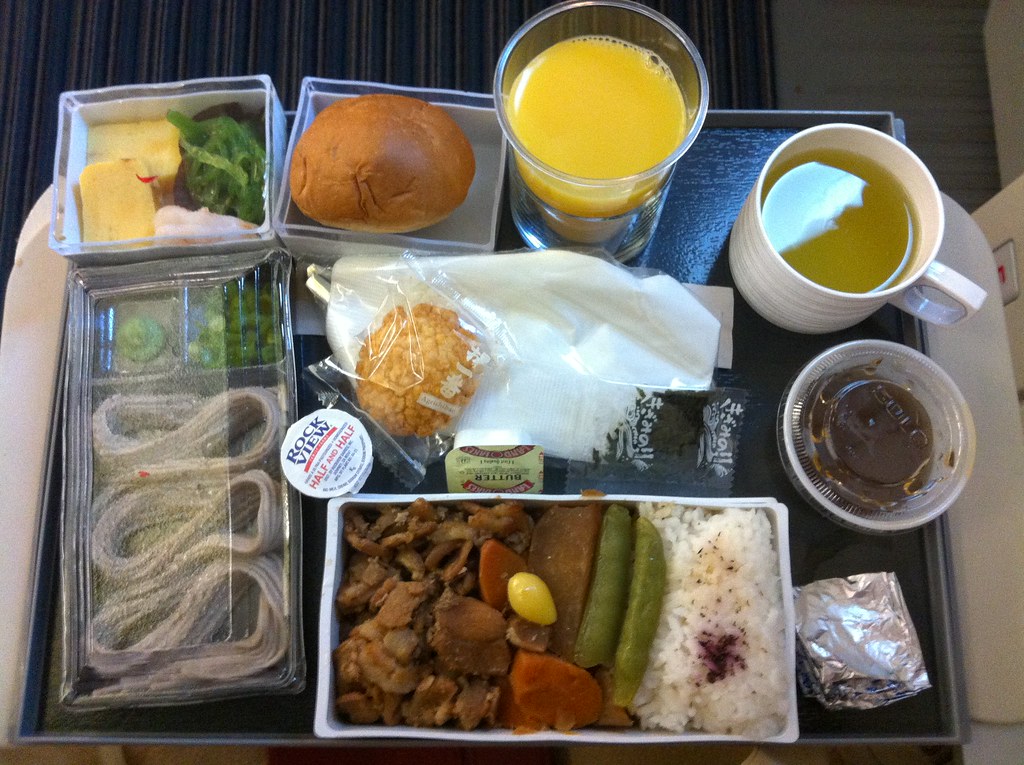Podcast: Play in new window | Download (Duration: 25:33 — 23.5MB)

Tsukimi or Otsukimi (月見)literally means “moon-viewing,” and refers to Japanese festivals honoring the autumn moon. The days for the celebration of the full moon and the celebration of the waxing moon normally fall in September and October of the modern solar calendar.
The tradition is thought to date back to the Heian era (794—1185) when Japanese aristocrats would gather to recite poetry under the full moon of the 8th month of the lunisolar calendar, known as the “Mid-Autumn Moon.” Since ancient times, Japanese people have described the 8th lunisolar month (corresponding to September on our calendar) as the best time for looking at the moon, since the relative positions of the earth, sun, and moon cause the moon to appear especially bright.
On the evening of the full moon, it is traditional to gather in a place where the moon can be seen clearly, decorate with Japanese pampas grass (susuki), and serve tsukimi ryori, etc., plus sake as offerings to the moon in order to pray for an abundant harvest.
There are specific terms in Japanese to refer to occasions when the moon is not visible on the traditional mid-autumn evening, including Mugetsu (literally “no-moon”) and Ugetsu (“rain moon”). Even when the moon isn’t visible, though, Tsukimi parties are held.
White rice dumplings called tsukimi dango in order to celebrate the beauty of the moon. The dumplings were traditionally thought to bring happiness and good health, and the offering is not only for the moon’s beauty, but as an expression of gratitude for the autumn harvest.
Seasonal produce is also displayed as offerings to the moon. Sweet potatoes, satoimo (taro root), kabocha (Japanese pumpkin), beans, chestnuts, and tsukimi dango are offered to the moon.
Tsukimi udon and tsukimi soba are soba or udon noodles topped with a raw egg, maybe a bit of nori and scallions, and then covered with broth. These aren’t necessarily for moon viewing parties, but the word tsukimi is used in food because the cracked egg resembles the moon.
Tsukimi Udon
Makes approximately 4 servings
Ingredients
For the shiitake kombu dashi:
- 7 cups water
- 1 piece kombu (approximately 12-square inches in size)
- 1 ounce dried shiitake mushrooms
For the soup broth:
- shiitake kombu dashi
- 1/4 cup soy sauce
- 2 tablespoons mirin
- 1/4 teaspoon salt, plus more as needed
To serve:
- 14 ounces fresh udon noodles, prepared according to the instructions indicated on the package
- 4 large eggs
- 2 tablepoons thinly sliced scallions
- shichimi togarashi (Japanese seven spice), to garnish (optional)
Cooking Directions
- Make the shiitake kombu dashi: Place the kombu and dried shiitake mushrooms in a pot with the water. Bring the water almost to a boil and then turn down the heat to maintain a simmer. Simmer for 5 minutes. Remove the pot from the heat and let the stock stand for 3 minutes. Squeeze the mushrooms to release the stock they have soaked up, then strain the stock through a fine-mesh strainer and set aside.
- Make the soup broth: Mix the dashi, soy sauce, mirin, and salt together in a pot and bring to a simmer over medium-high heat.
- Divide the prepared udon noodles into four bowls. Ladle the simmering soup broth over the noodles. Crack an egg on top of the noodles in each bowl, and then garnish each bowl with the thinly sliced scallions. If you prefer, you can poach your eggs separately before adding them to the soup.

